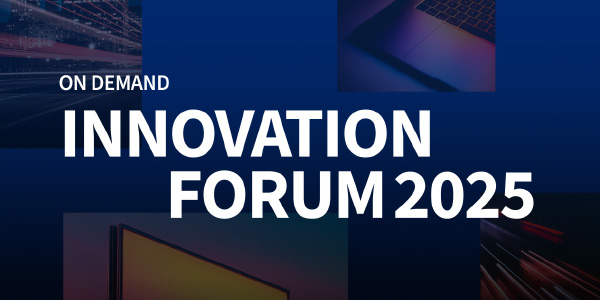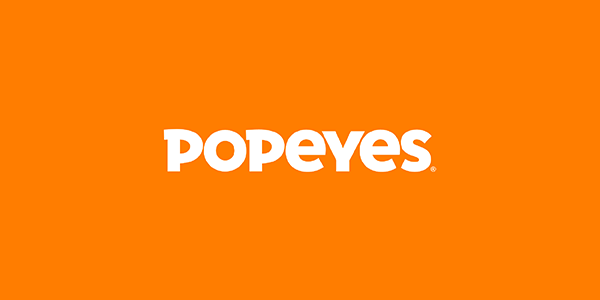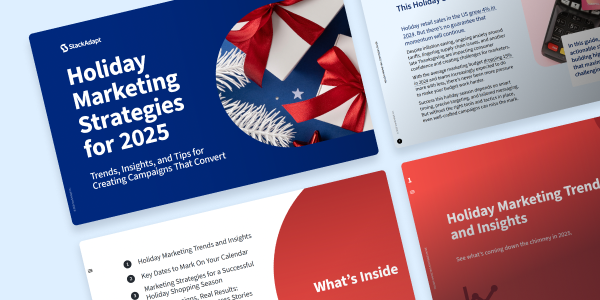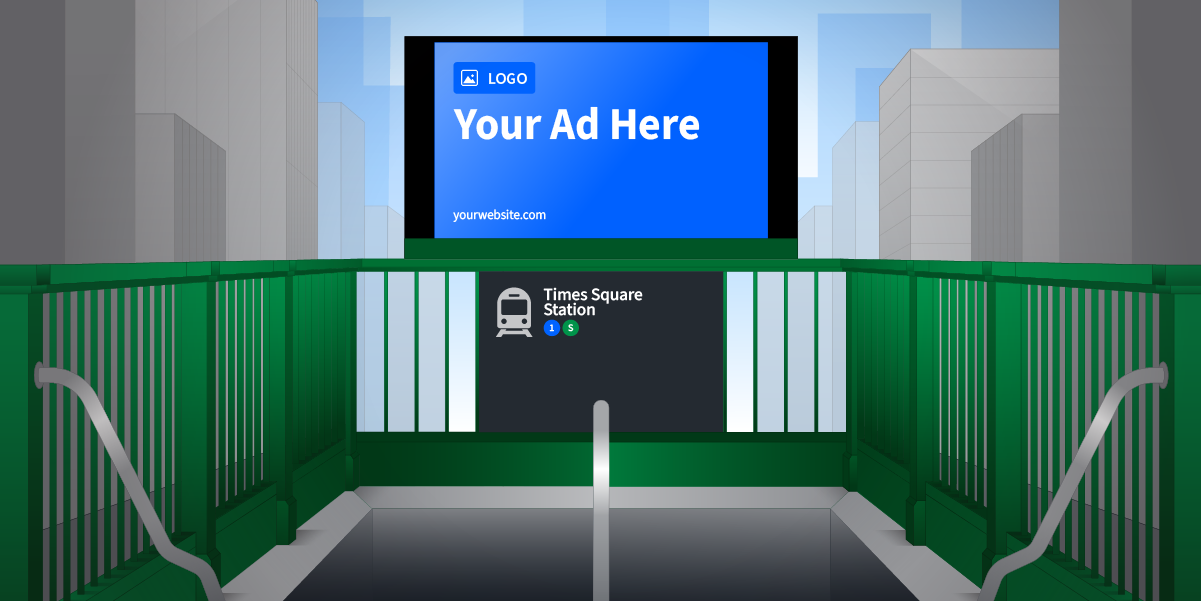How Ad Agencies Can Use AI to Win Clients and Protect Margins

If you’re leading an ad agency today, you’re almost certainly using AI. According to Forrester, 91% of agencies in the US are actively using or exploring generative AI tools, and 90% of advertising professionals rely on them at least once a week.
Most agencies are putting AI to work for brainstorming (86%) and content drafting (61.4%), helping teams move faster and push out more work than ever before. But speed alone isn’t a strategy.
“The problem with brainstorming is that everyone else will get the same answer with AI,” says Yang Han, CTO at StackAdapt. “It’s important to know where AI is truly strong and can create real value—otherwise you’re just accelerating sameness.”
Right now, most agencies are using AI to get better at doing what everyone else is doing, faster. That efficiency boost might feel good in the short term, but it’s creating a deeper threat: creative sameness. When everyone’s feeding the same prompts into the same engines, the outputs blur together. And that’s a problem for your margins, your client relationships, and your agency’s long-term relevance.
Margins are already getting squeezed. Clients are increasingly asking why they should pay premium fees when DIY tools promise “good enough” creative. Meanwhile, top talent—the strategists, creators, and innovators you rely on—is drifting toward shops that feel more cutting-edge.
Ad agencies today can’t afford to treat AI like a shortcut. They need to use it to build defensible advantages with proprietary tools, systems, and insights that win new business, protect profits, and make them indispensable in a crowded, AI-powered market.
Why Surface-Level AI Use Is a Trap
Right now, a silent threat is creeping across the agency world—and it’s dressed up as progress. Generative AI, for all its speed and convenience, is trained on the same massive pile of internet content. When everyone pulls from the same data well and feeds similar prompts into similar tools, the result is predictable: creative homogenization.
If your agency’s creative output looks and sounds like what clients are seeing from five other shops—or worse, from their own internal teams using ChatGPT—you’re already caught in the trap.
The stakes are real and growing:
- RFP losses are stacking up because agencies are offering “me-too” ideas that feel safe, familiar, and ultimately interchangeable.
- Clients are questioning agency fees when they believe they can generate content in-house with a few AI prompts and a marketing intern.
- Your agency’s unique value proposition erodes when strategic thinking starts to look like templated outputs dressed in different colours.
And when everything sounds the same, there’s only one lever left to pull: price. Competing on price leads to thinner margins, lower morale, and a slower death spiral of cost-cutting over innovation. It’s a race to the bottom, and no agency wins at that game.
If you want to stay competitive, your AI strategy must go deeper. Surface-level AI use won’t save you—it will slowly make you invisible.
The Opportunity: Build Proprietary IP That Your Ad Agency’s Clients Can’t Get Anywhere Else
If commoditization is the trap, proprietary IP is the way out.
When we talk about IP in the context of agencies today, we’re not talking about patents or traditional intellectual property. We’re talking about custom-built AI models, frameworks, and tools—assets that no other agency can offer, and that clients can’t easily replicate in-house.
This is how you shift AI from a shortcut into a strategic advantage.
Imagine the difference it would make if your agency could offer:
- Proprietary trend forecasting models that predict cultural shifts faster and more accurately than public tools.
- Internal LLMs trained on your clients’ niche audiences, delivering campaign ideas and copy that actually feel human and hyper-relevant, not one-size-fits-all.
- Brand voice and sentiment engines that safeguard client tone and emotional resonance across every piece of content.
- SEO and paid media optimization systems built on 1st-party insights, helping clients win not just today’s clicks, but tomorrow’s loyal audiences.
Han says that “building true IP with AI is rare because it often requires engineering resources that most agencies don’t have. But for those who do invest, it creates a powerful differentiator.”
When you invest in building proprietary AI capabilities like these, you create a value moat around your agency:
- Higher client retention rates, because clients know they can’t just “DIY” what you offer.
- Premium pricing, because you’re delivering differentiated value that free tools or freelancers can’t match.
- Increased pitch win rates, because you show up not just with ideas, but with proprietary systems that make results more predictable and success more scalable.
In a landscape where most agencies will sound the same and offer the same, your unique IP becomes your shield, your sword, and your brand story.
The agencies that recognize this opportunity—and move now—will not only survive the AI era, they’ll dominate it.
Underutilized AI Plays That Protect Your Ad Agency’s Margins
Most agencies are just scratching the surface of what AI can actually do—the majority are still missing some of the biggest opportunities to protect margins and grow strategic value. Here are three areas where smart agencies can leap ahead.
1. SEO Optimization: A Wide-Open Lane (Only 31% Adoption)
While nearly every agency is playing with AI for content, only 31% are using it to fuel SEO strategies (and that’s a missed opportunity).
AI excels at processing massive volumes of search data, spotting visibility gaps, clustering keywords, and identifying emerging topics at a scale human teams can’t match. The real power comes when agencies layer in revenue potential, product priorities, and customer pain points to turn those insights into search roadmaps that clients can use.
Instead of just offering blog posts, you could be offering:
- Content gap analyses delivered in minutes, not days.
- Keyword-to-conversion prioritization that aligns with business goals.
- Strategic content calendars grounded in real demand signals.
When agencies offer AI-fueled SEO strategies they make it easier to justify premium retainers and longer-term partnerships with clients.
2. Process Streamlining: Profitability Hiding in Plain Sight (Only 44.4% Adoption)
Only 44.4% of agencies use AI to automate and optimize internal workflows. If you streamline briefing, versioning, QA, or reporting with smart automations, you reduce project delivery costs without touching quality.
That means better margins without raising client fees—a rare win-win that makes the agency more profitable and more scalable.
3. Data Optimization: The Untapped Goldmine (Only 25.7% Adoption)
Just 25.7% of agencies use AI to optimize data. That’s a huge miss, considering AI’s native strength is spotting patterns humans can’t. If you can turn a client’s messy CRM exports, ad campaign data, or even social listening feeds into predictive insights—like identifying emerging audiences or surfacing high-LTV customer segments—you immediately move from “vendor” to strategic growth partner.
“Agencies exist to help brands grow,” Han says. “Providing deep insights into what’s working and accelerating processes to service clients across the board drives better results and long-term retention.”
Each of these plays is a low-competition move right now. They build an agency model that’s more resilient, more profitable, and more valuable to clients who want more than pretty ads—they want real outcomes.
Leadership Moves: How You Can Shift Today
| Leadership Move | What to Do | Why It Matters |
| Audit your current AI use | Review where and how your teams are using AI. Ask: Is this just making us faster, or is it making us smarter and more strategic? | Identify gaps where AI can move from tactical support to strategic advantage. |
| Create an AI innovation task force | Form a small, cross-disciplinary team (strategy, creative, data, tech) focused on building proprietary AI assets and frameworks. | Drive IP development and future-proof the agency’s service offering. |
| Invest in AI training and partnerships | Go beyond prompt training. Upskill teams on AI model customization, data optimization, and product thinking. Collaborate with AI experts when needed. | Build real capabilities, not just surface-level AI usage, to stand out in a competitive market. |
| Package your IP | Turn internal tools and systems into branded solutions. Create go-to-market narratives that show clients how these assets drive better results. | Position your agency as irreplaceable and justify premium pricing. |
| Champion AI-powered creativity | Lead a cultural shift where human intuition directs AI work. Celebrate bold thinking, strategic insights, and AI as a creative ally, not a replacement. | Keep top talent inspired and differentiate your creative output from generic AI-driven content. |
Now’s the Time for Ad Agencies to Act
The window to treat AI as a competitive advantage is closing fast. If you stick with surface-level AI use—just faster brainstorming and copywriting—you’re not future-proofing your agency. You’re leaving it vulnerable.
Here’s what’s already happening to agencies that don’t evolve:
- Losing RFPs to faster, smarter, more AI-native competitors who show up with proprietary tools and more strategic insights.
- Clients building in-house AI teams, cutting agencies out of the picture altogether because they no longer see external partners as offering unique value.
- Margins shrinking as agencies are forced to compete on price when their services feel commoditized and easily replicated.
- Top talent walking out the door, lured by agencies that have a real vision for using AI as a creative and strategic superpower.
According to Han, process acceleration is probably the biggest advantage AI brings: “It amplifies the human workforce agencies already have, which is critical in a business that’s historically been heavily human-dependent.”
If you’re leading an agency today, standing still is the most dangerous move you can make. Treat AI as your agency’s strategic advantage, not a shortcut.
The months ahead will separate the shops that adapt—and the ones that vanish.
Talk to us to learn how we can help you leverage AI today.






